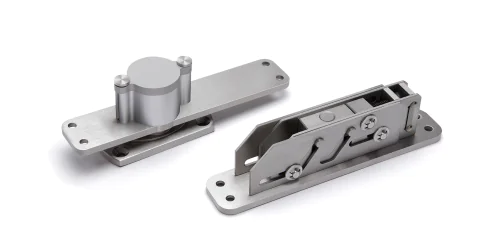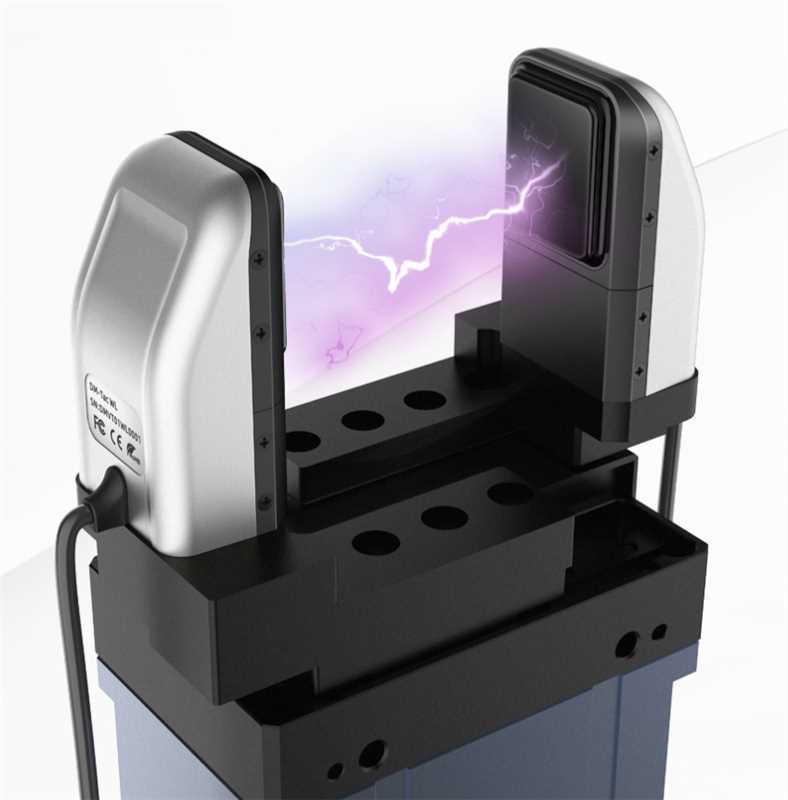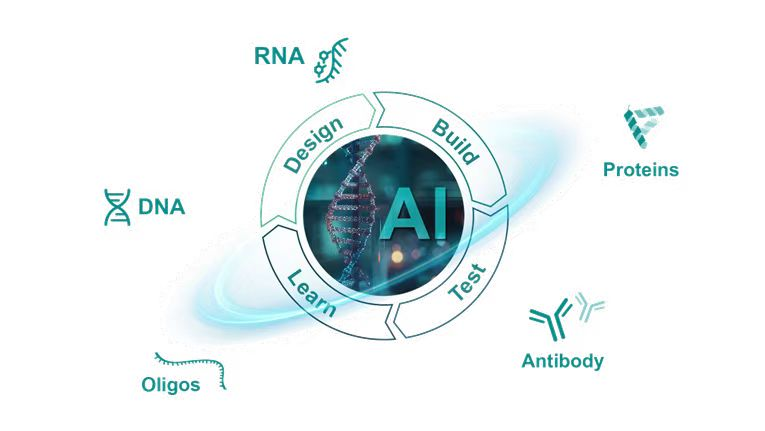Navigating the market for wholesale commercial door pivot hinges can be overwhelming for businesses seeking reliable suppliers. Finding a reputable wholesale commercial door pivot hinges factory can make a significant difference in ensuring product quality and availability. Understanding what to look for in a commercial pivot door hinges wholesale factory can help you make informed decisions for your projects.
Exceptional Product Design
The TD006-A door pivot hinge stands out with its innovative 360-degree rotating design, ideal for sleek installations that prioritize aesthetics. This feature allows for seamless operation while supporting heavy doors weighing up to 500 kg (1102 lbs). When sourcing from a wholesale commercial door pivot hinges factory, it is crucial to choose a supplier that offers advanced designs like the TD006-A, which cater to both residential and commercial applications.
Durable Materials
Quality construction is paramount in the hardware industry. The TD006-A hinge is crafted from high-quality stainless steel and materials, ensuring excellent durability and safety. A reliable commercial pivot door hinges wholesale factory should provide products made from premium materials that meet rigorous safety and performance standards. This commitment to quality translates into long-lasting products that minimize replacement costs and enhance customer satisfaction.
Versatile Applications
Wholesale commercial door pivot hinges need to accommodate various door types and configurations. The TD006-A is suitable for both one-way and structural doors, making it an excellent choice for diverse settings. When partnering with a commercial pivot door hinges wholesale factory, ensure that they offer a range of versatile options to meet the specific needs of your projects.
For businesses looking for a trustworthy supplier, SMED emerges as a leading wholesale commercial door pivot hinges factory. Their TD006-A hinge exemplifies the combination of innovation, durability, and versatility, making SMED an ideal partner for all your commercial and residential hinge needs.









